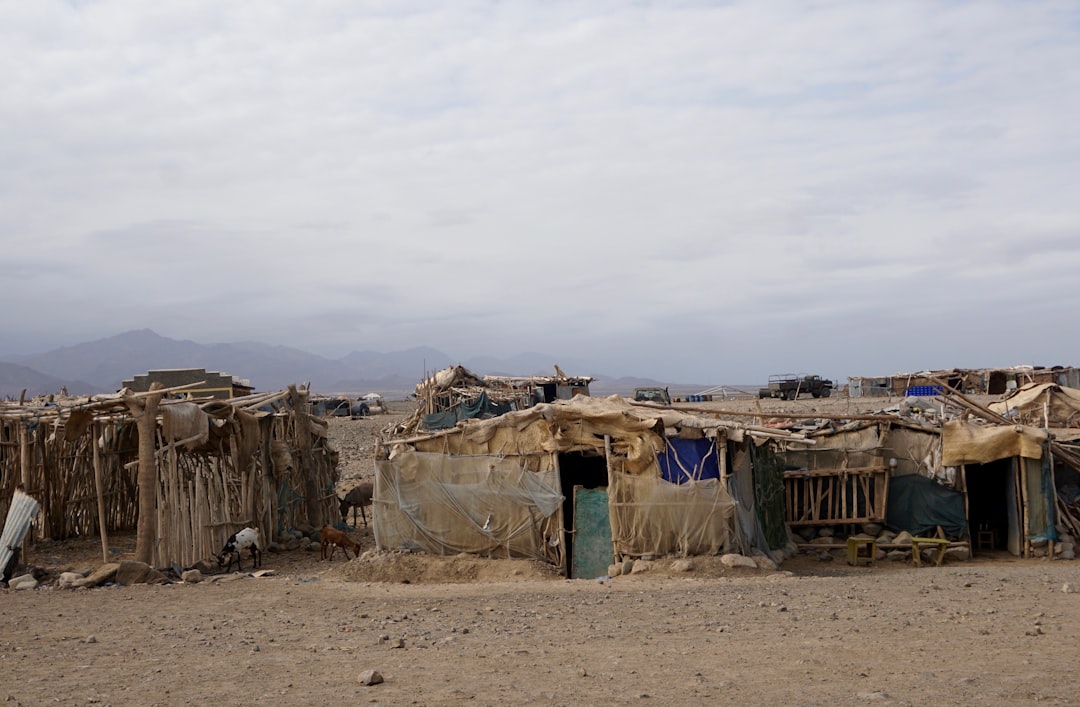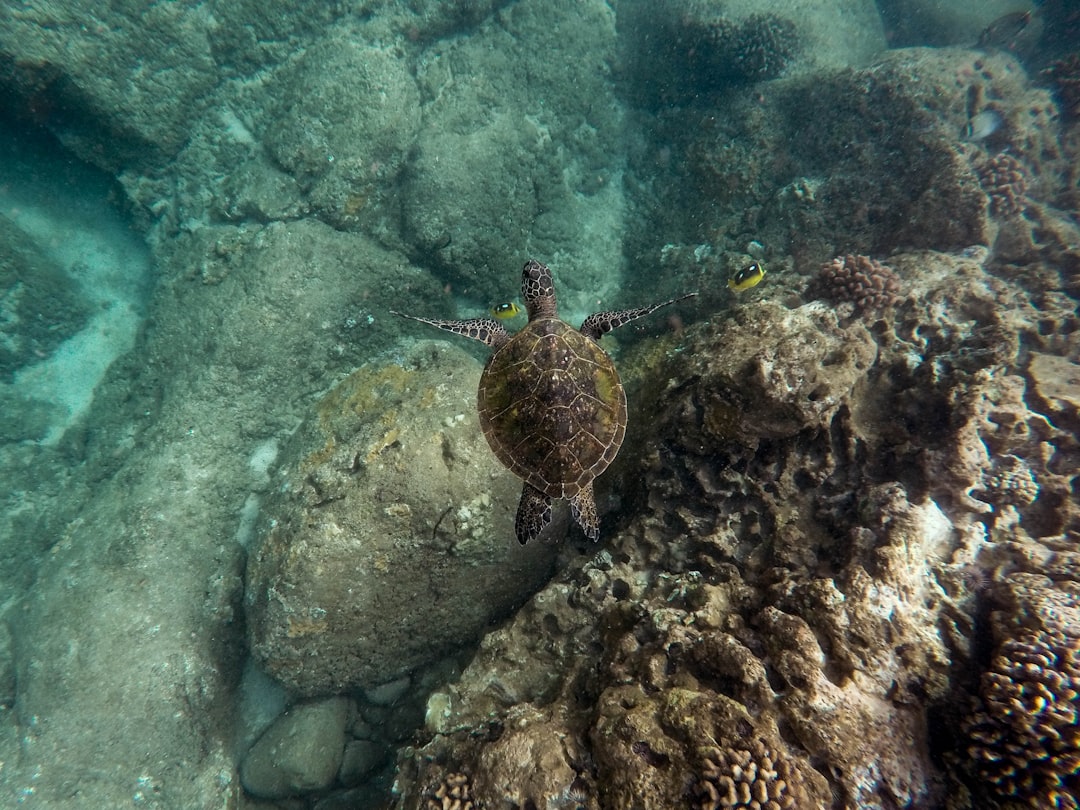Featured Image
Why is it important?
This study is unique in that it reveals that rates of vascular epiphyte recovery can be very high, particularly in the case of xerophytic bromeliads, while ferns and orchids exhibit a lower colonization capacity. Only one previous study analysed the recolonization rate of vascular epiphytes. Nadkarni (2000) found that up to 10 y were required for establishment of the first seedlings of vascular epiphytes following experimental removal in small branch plots in a cloud forest in Costa Rica.
Perspectives
Understanding recolonization patterns following disturbance is particularly important for the development of ecologically sound epiphyte management plans.
Dr Tarin Toledo Aceves
Instituto de Ecología A.C.
Read the Original
This page is a summary of: Post-stripping recolonization of vascular epiphytes in cloud-forest fragments in Mexico, Journal of Tropical Ecology, August 2015, Cambridge University Press,
DOI: 10.1017/s0266467415000395.
You can read the full text:
Contributors
The following have contributed to this page










